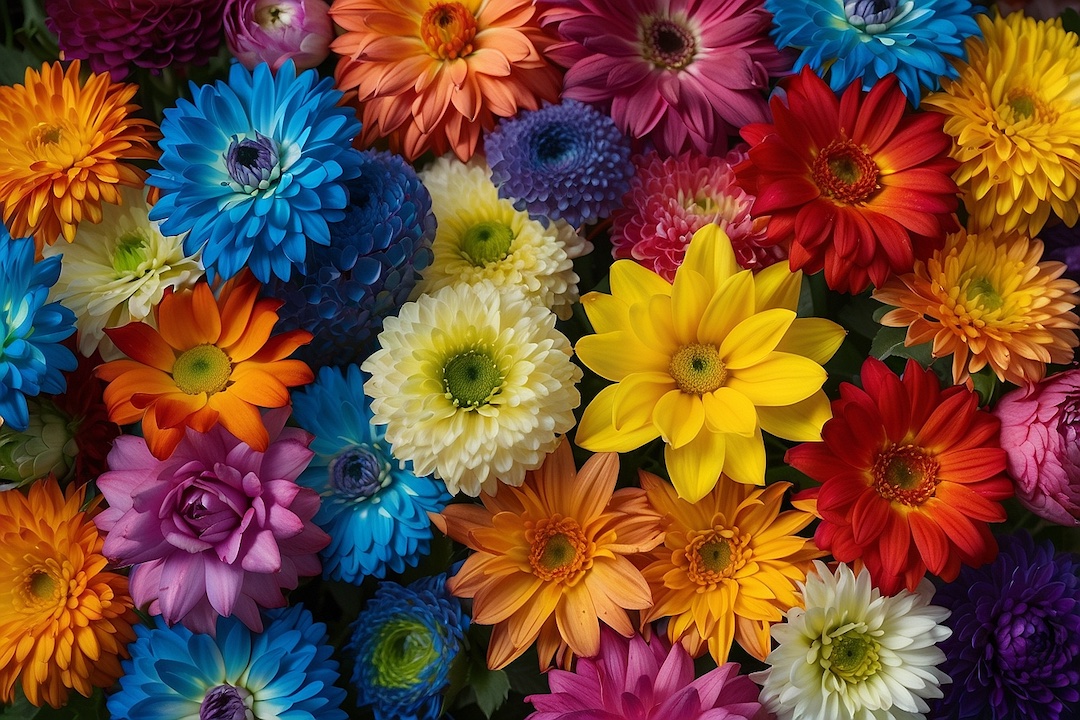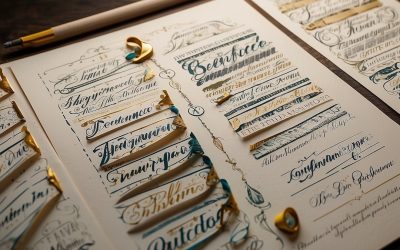In the realm of graphic design, every colour carries its own unique significance and psychological impact. Whether you’re designing a logo, website, or marketing materials, understanding the psychology of colour is crucial. It’s not just about choosing colours that look good together; it’s about strategically using colour to evoke specific emotions and responses from your audience. Let’s delve into the fascinating world of colour psychology and how it influences graphic design.
The Power of Colour Psychology
Colour psychology is the study of how colours affect human behaviour and emotions. Different colours have been shown to evoke specific feelings and perceptions, making them a powerful tool for communication in graphic design. By harnessing the psychological effects of colour, designers can effectively convey messages, evoke emotions, and influence decisions.
Understanding Colour Associations
Before diving into the practical applications of colour psychology in graphic design, it’s essential to understand the common associations people have with different colours:
- Red: Often associated with passion, energy, and excitement. It can also evoke feelings of urgency and importance.
- Blue: Symbolizes trust, reliability, and professionalism. It’s frequently used by businesses to convey a sense of security and confidence.
- Yellow: Represents happiness, optimism, and creativity. It can grab attention and create a sense of warmth.
- Green: Associated with nature, growth, and freshness. It’s often used to convey a sense of health, sustainability, and harmony.
- Purple: Symbolizes luxury, creativity, and spirituality. It’s often used in branding to convey a sense of elegance and sophistication.
- Orange: Evokes feelings of enthusiasm, vitality, and youthfulness. It’s attention-grabbing and can create a sense of excitement.
- Black: Represents power, elegance, and sophistication. It’s commonly used to create a sense of luxury and exclusivity.
- White: Symbolizes purity, simplicity, and cleanliness. It’s often used in minimalist designs to convey a sense of space and clarity.
Applying Colour Psychology in Graphic Design
Now that we have an understanding of the psychological associations with different colours, let’s explore how designers can use this knowledge to create impactful designs:
- Branding: When designing a brand identity, it’s essential to choose colours that align with the brand’s values, personality, and target audience. For example, a health and wellness brand might use shades of green to convey vitality and freshness, while a tech company might opt for sleek shades of blue to convey trust and reliability.
- Emotional Impact: Consider the emotional response you want to evoke from your audience. If you’re designing a charity website, you might use warm, inviting colours like red and orange to evoke feelings of compassion and urgency. On the other hand, a relaxation app might use calming shades of blue and green to promote a sense of tranquillity and peace.
- Call to Action: Colour can significantly impact the effectiveness of a call to action (CTA). Bright, contrasting colours like red or orange can grab attention and encourage action, while softer hues like blue or green can create a more subtle, inviting effect.
- Cultural Considerations: Keep in mind that the psychological associations with colours can vary across cultures. While red may symbolize luck and prosperity in Chinese culture, it can signify danger or anger in Western cultures. When designing for a global audience, it’s essential to consider cultural differences and choose colours that resonate universally.
Conclusion
Colour psychology plays a significant role in graphic design, influencing how people perceive and interact with visual content. By understanding the psychological associations with different colours and strategically incorporating them into designs, graphic designers can create more impactful and effective visuals. Whether you’re designing a logo, website, or marketing materials, harnessing the power of colour psychology can help you communicate your message more effectively and connect with your audience on a deeper level.



0 Comments